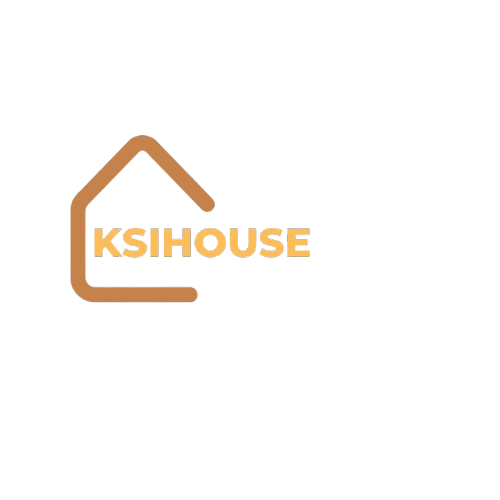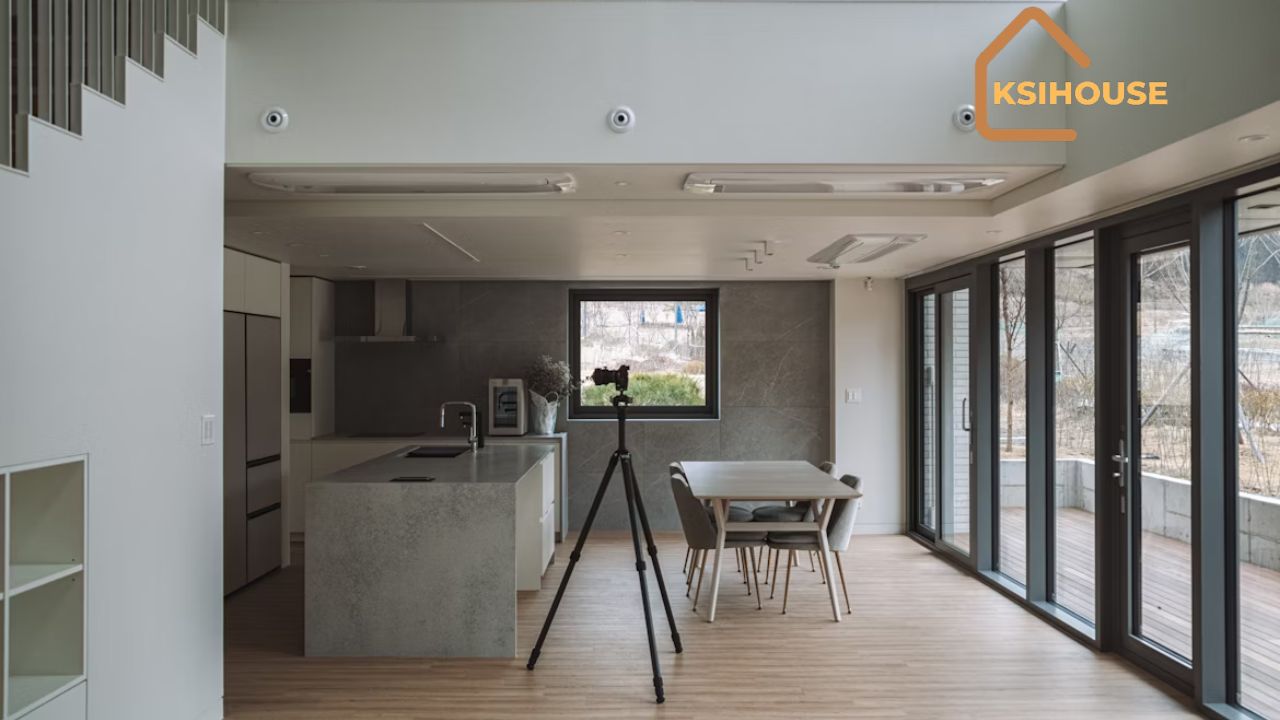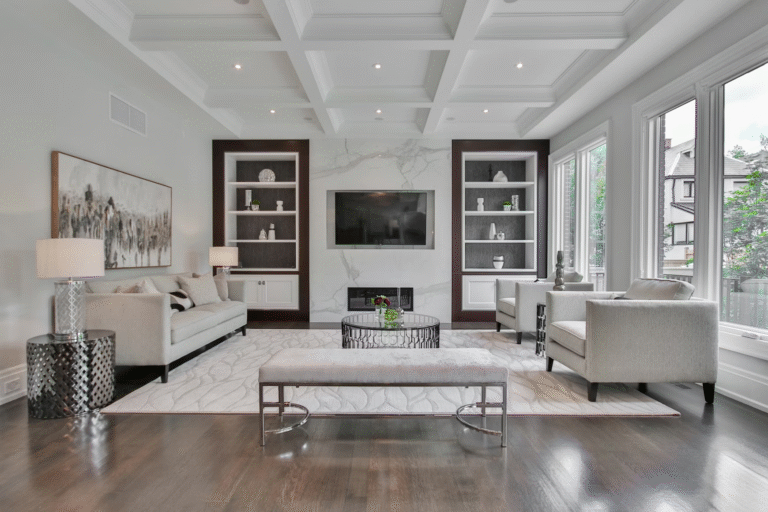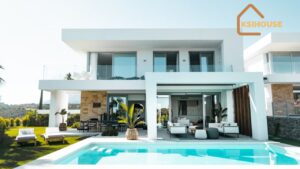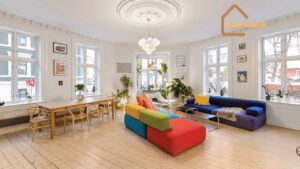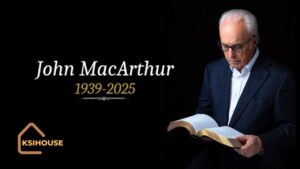Compact living is all about maximising space without compromising on comfort. For those seeking an efficient layout with character, a shotgun house floor plan might be the ideal solution. Originating in the Southern United States, these homes boast charm, practicality, and a touch of history.
Whether you’re drawn to their cost-effectiveness or historical significance, shotgun houses are gaining popularity among architects and homebuyers alike. This article will explore their design, practical advantages, and modern adaptations, offering insights into why they remain a timeless choice.
Summary Table
| Aspect | Details |
|---|---|
| Name | Shotgun House |
| Typical Size | 600–1,200 sq. ft. |
| Number of Rooms | 3–5 rooms arranged in a straight line |
| Key Feature | Narrow layout with front-to-back alignment |
| Average Build Cost | £90,000–£150,000 |
| Popularity | Rising in urban areas and historic markets |
What Is a Shotgun House?
The Basics of Shotgun Houses
A shotgun house is a long, narrow home with all rooms aligned in a linear layout. Typically one room leads directly into another, with no hallways in between. These homes earned the nickname “shotgun” because, in theory, a bullet fired from the front door would travel straight out the back door without obstruction.
Historical Background
Shotgun houses appeared in the 19th century and were most common in Southern cities such as New Orleans and Atlanta. They became popular for their affordability, ease of construction, and ability to fit on narrow plots of land.
Defining Characteristics
- Narrow Width: Often only 10–12 feet wide.
- One-Storey Design (though multi-storey variations exist).
- Front Porch that adds charm and functionality.
- Central Ventilation: High ceilings encourage airflow, a feature particularly useful in warm climates.
Advantages of a Shotgun House Floor Plan
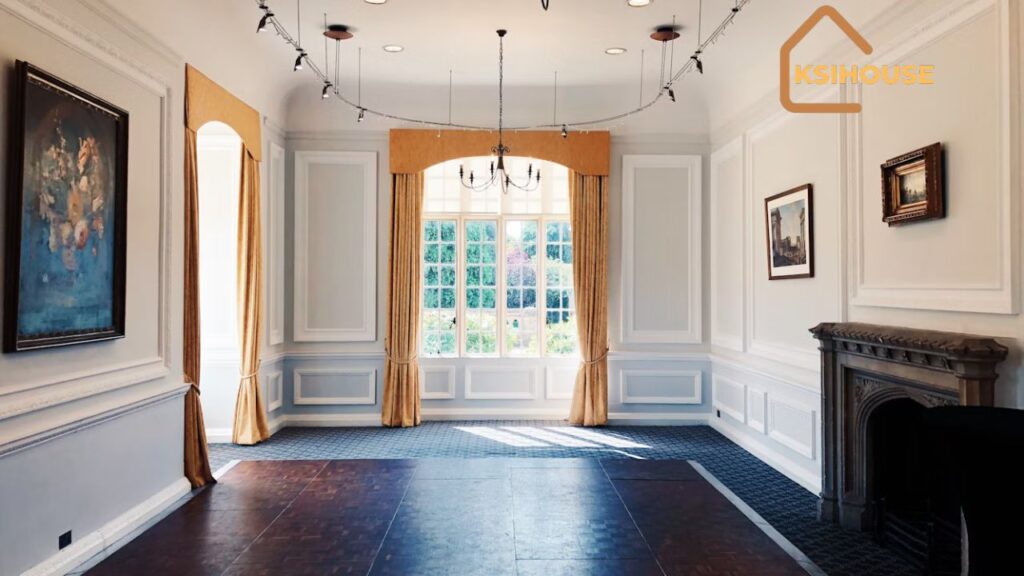
1. Space Efficiency
Even with their compact footprint, shotgun houses use every square foot effectively. Unlike traditional homes, there’s no wasted space with hallways—every room serves a purpose.
2. Affordability
Smaller homes typically translate to lower construction costs. Budget-conscious homeowners can save significantly with a shotgun house, as the design calls for fewer materials and a simplified layout.
3. Easy Maintenance
With fewer rooms and reduced square footage, cleaning and maintaining these homes is straightforward, making them an appealing option for busy professionals or retirees.
4. Sustainability
Due to their smaller size, shotgun houses are energy-efficient. Heating, cooling, and lighting costs are generally lower, making them an eco-friendly housing option.
Modern-Day Adaptations
Shotgun houses have evolved to incorporate contemporary design features while maintaining their traditional layout. Here’s how they are being reimagined today:
Architectural Innovations
- Open-Plan Kitchens and Living Areas: Adapting the layout to suit modern lifestyles.
- Stylised Exteriors: Adding a mix of rustic and modern facade details.
- Energy-Efficient Upgrades: Solar panels, insulated windows, and smart-home technology.
Urban and Rural Appeal
While they originated in urban areas, shotgun houses have found popularity in rural retreats, vacation housing, and even as Airbnb rentals. Their compact and cosy design is ideal for various uses.
Real User Reviews
“A Dream Space Within Reach”
Sarah, a homeowner in Austin, Texas, transformed a shotgun house into her dream home.
“It felt compact at first, but we paired the historic design with modern touches like an open kitchen. It’s both functional and charming!”
Rating: ⭐⭐⭐⭐⭐
“Perfect for the Minimalist Lifestyle”
James in Atlanta says, “The compact design encourages us to live minimally. It’s amazing how the traditional layout works in the modern age.”
Rating: ⭐⭐⭐⭐
Are Shotgun House Floor Plans Right for You?
Choosing a shotgun house depends on your lifestyle, location, and preferences. This housing style is ideal for:
- Small families
- Individuals seeking a minimalist lifestyle
- Colleges housing students
- Historic property enthusiasts
Consider your space needs, design preferences, and how much you’re willing to adapt to a linear floor plan.
FAQs
1. What is the average size of a shotgun house?
They range from 600–1,100 square feet, making them ideal for smaller spaces.
2. Are shotgun house floor plans customisable?
Absolutely. Modern adaptations often include open-plan layouts, added storage, and second-storey additions.
3. Why are they called shotgun houses?
The name comes from the idea that a shot fired from the front door would go straight out the back door without hitting walls.
4. Can I build a shotgun house in a modern residential area?
Yes! Their compact design is perfect for tight urban lots. However, zoning permissions may vary by location.
5. Are these homes energy-efficient?
Yes, their small size, combined with high ceilings for ventilation, makes them an energy-efficient choice.
With their undeniable charm and clever use of space, shotgun houses prove that smaller homes can pack a big personality. Whether you’re drawn to their history or versatility, a shotgun house floor plan is the perfect mix of compact living and style.
